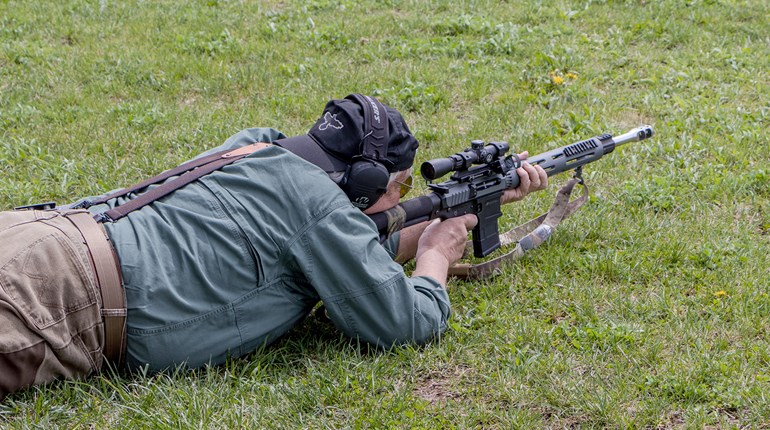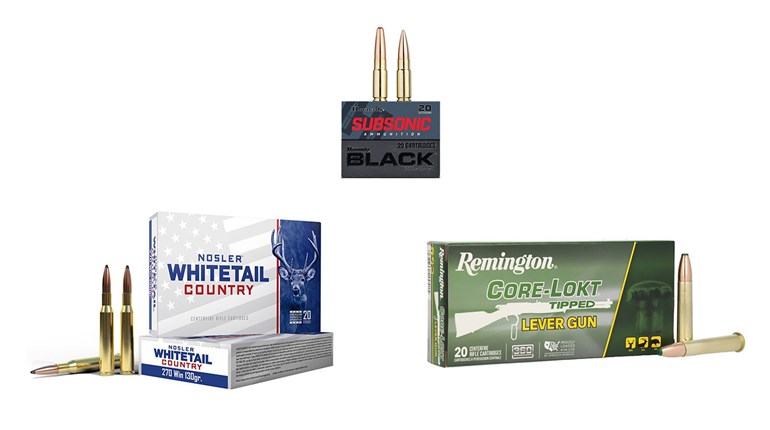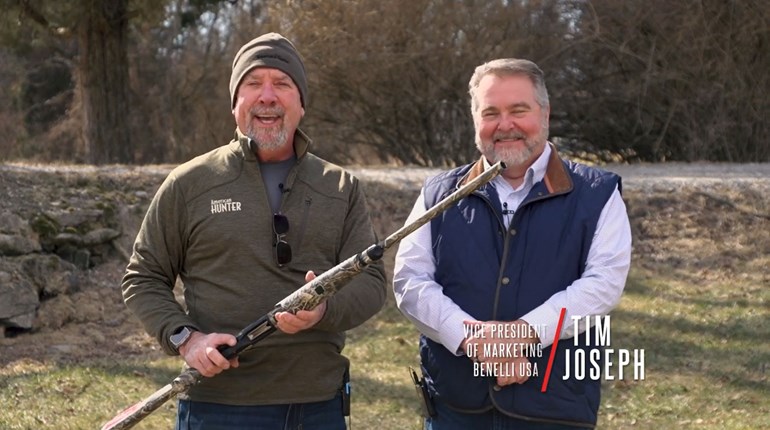Though not necessarily destined for use afield, there's no denying that the Mossberg 590 Shockwave was one of the biggest hits on the floor at SHOT Show 2017. Classified as a fully compliant firearm by the BATFE, the new 14" barrel Mossberg 590 Shockwave pump-action 12-gauge does not require a tax stamp for transfers. With an overall length of 26.37" and cylinder bore barrel, the Shockwave provides a 5+1 round capacity using 2 3/4" shotgun shells. Hard to argue with that in a home-defense situation.
Maybe with a few tweaks it can double as a turkey gun? That's up to you. Still, it wowed us enough to share. Get a closer look at the Shockwave with the video embedded above, hosted by American Rifleman's Joe Kurtenbach.
For more information, go to Mossberg.com.
























